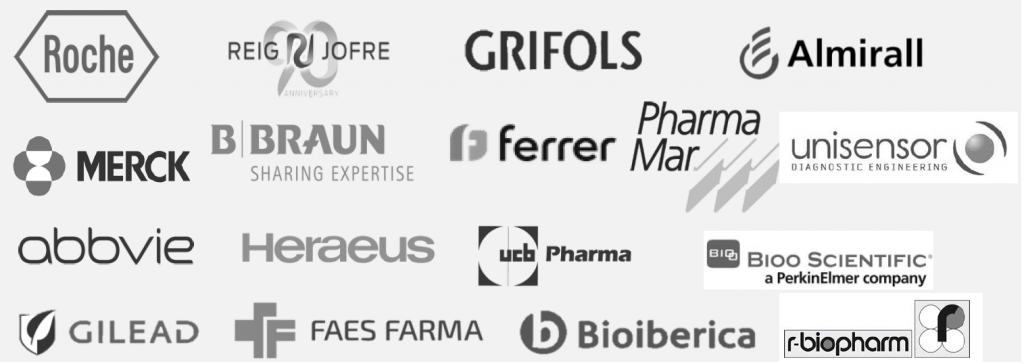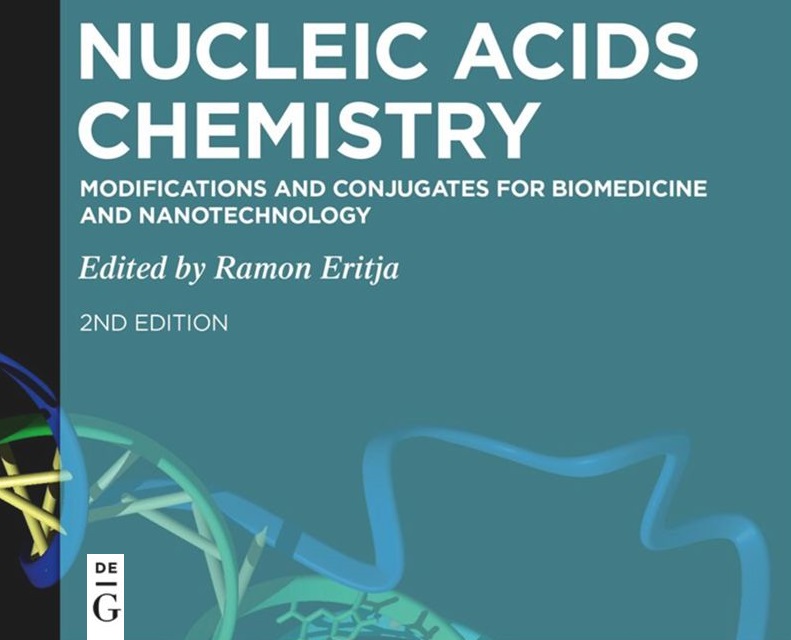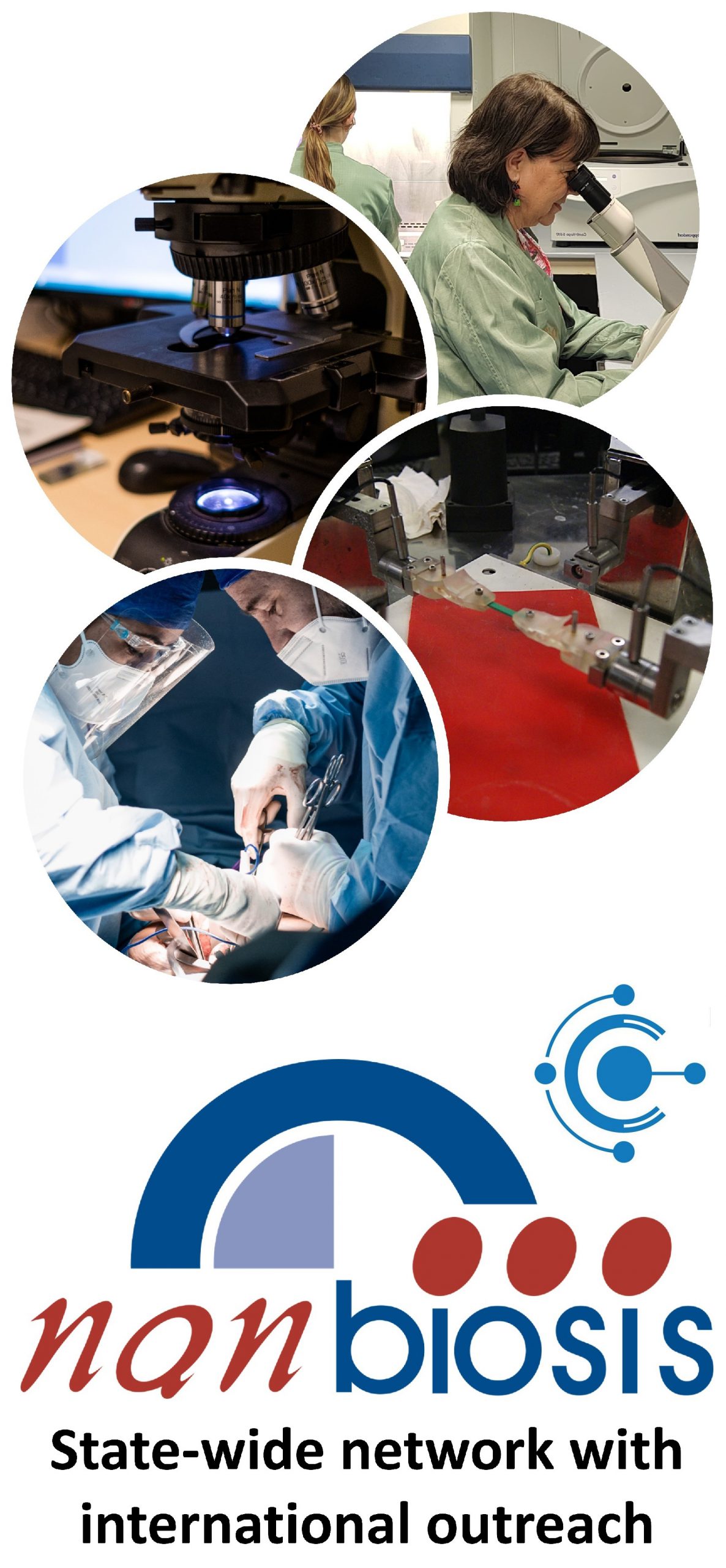New book release: Second edition of Nucleic Acids Chemistry explores advances in biomedicine and nanotechnology
Second edition of Nucleic Acids Chemistry explores novel modifications and RNA therapeutics for biomedicine, nanomedicine, and nanotechnology.
Barcelona, September, 2025 — The second edition of the book Nucleic Acids Chemistry. Modifications and Conjugates for Biomedicine and Nanotechnology will be released on September 1st, 2025, published by De Gruyter (Berlin). This updated volume expands on the successful first edition published in 2021, incorporating recent scientific advances in nucleic acids research with applications in biomedicine, nanomedicine, and nanotechnology.
With 414 pages of updated content (ISBN: 978-3-11-142468-2), the book provides a comprehensive overview of nucleic acid modifications, backbone engineering, and therapeutic conjugates, as well as the latest breakthroughs in RNA therapeutics, including CRISPR/Cas9 gene editing, RNA editing, and mRNA vaccines.
Main topics covered:
- Novel backbones for therapeutic nucleic acids
- Lipid, peptide and protein-oligonucleotide conjugates
- Modified DNA nanostructures
- Aptamers and DNA catalysts
- RNA therapeutics
The second edition also dedicates new chapters to DNA nanotechnology and recent developments in the synthesis and biomedical application of modified nucleic acids, making it an essential reference for researchers working at the intersection of chemistry, molecular biology, biotechnology, and nanomedicine.
Authors and contributors
The book is edited by Ramon Eritja (IQAC-CSIC, CIBER-BBN, NANBIOSIS Unit 29, Barcelona, Spain), with contributions from:
- Carme Fàbrega, Anna Aviñó, Santiago Grijalvo, Andreia F. Jorge, Arnau Domínguez, Natalia Navarro (IQAC-CSIC, CIBER-BBN, NANBIOSIS, Barcelona, Spain)
- Carlos González (IQF-CSIC, Madrid, Spain)
- Raimundo Gargallo (University of Barcelona, Spain)
About the research of the editors
The contributing teams are internationally recognized for their work in nucleic acid chemistry and nanobiotechnology. Their research spans from the chemical synthesis of modified oligonucleotides to the development of functional nucleic acids for therapeutic, diagnostic, and nanotechnological applications.
This book is expected to become a key resource for scientists and students in biochemistry, molecular medicine, and nanotechnology, providing both fundamental knowledge and cutting-edge perspectives on the future of nucleic acids in biomedicine.
For more information, visit the portfolio of NANBIOSIS Unit 29.
What is NANBIOSIS?
The goal of NANBIOSIS is to provide comprehensive and integrated advanced solutions for companies and research institutions in biomedical applications. All of this is done through a single-entry point, involving the design and production of biomaterials, nanomaterials, and their nanoconjugates. This includes their characterization from physical-chemical, functional, toxicological, and biological perspectives (preclinical validation).
In order to access our Cutting-Edge Biomedical Solutions with priority access, enter our Competitive Call here.
NANBIOSIS has worked with pharmaceutical companies of all sizes in the areas of drug delivery, biomaterials and regenerative medicine. Here are a few of them:













